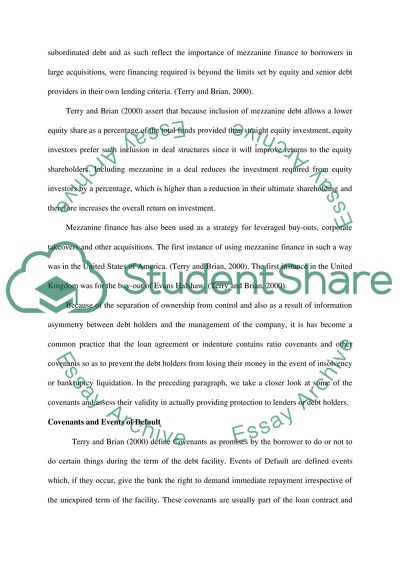Cite this document
(Protective Covenants as Deterrents to Default in the Repayment of Debt Coursework, n.d.)
Protective Covenants as Deterrents to Default in the Repayment of Debt Coursework. Retrieved from https://studentshare.org/finance-accounting/1510564-financial-covenants
Protective Covenants as Deterrents to Default in the Repayment of Debt Coursework. Retrieved from https://studentshare.org/finance-accounting/1510564-financial-covenants
(Protective Covenants As Deterrents to Default in the Repayment of Debt Coursework)
Protective Covenants As Deterrents to Default in the Repayment of Debt Coursework. https://studentshare.org/finance-accounting/1510564-financial-covenants.
Protective Covenants As Deterrents to Default in the Repayment of Debt Coursework. https://studentshare.org/finance-accounting/1510564-financial-covenants.
“Protective Covenants As Deterrents to Default in the Repayment of Debt Coursework”, n.d. https://studentshare.org/finance-accounting/1510564-financial-covenants.


